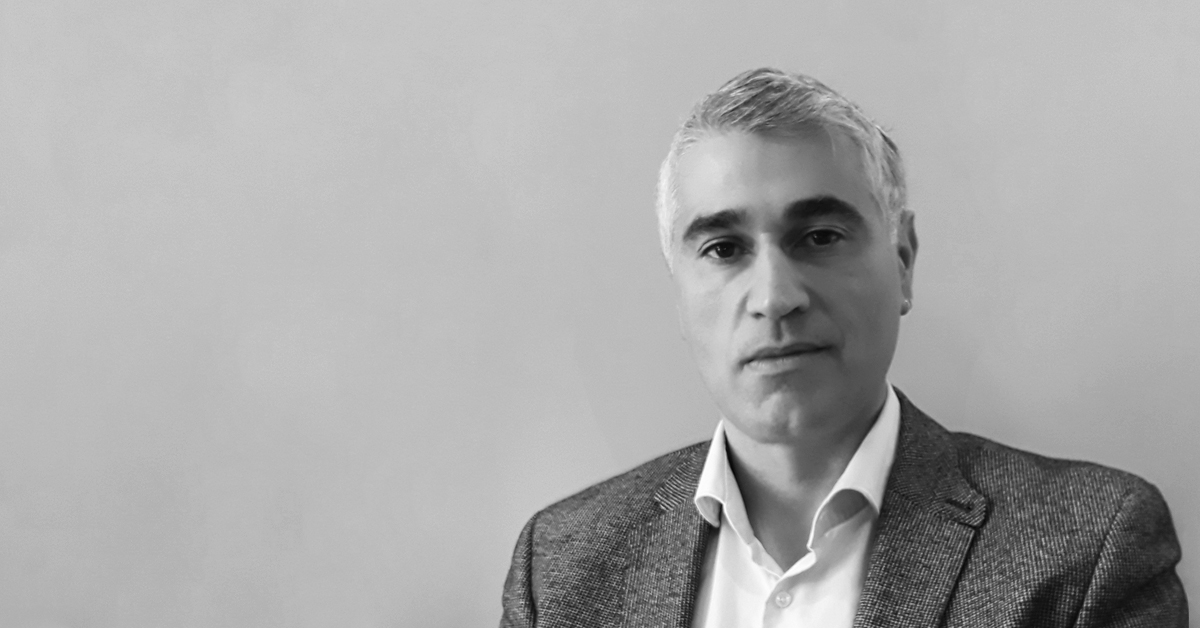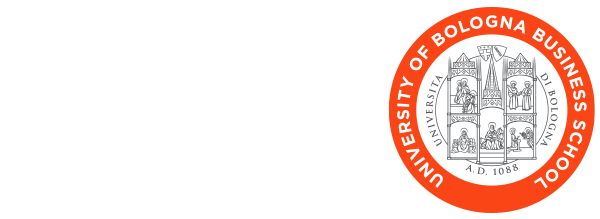
Leadership Talks – Ettore Musu, Mastering Innovation in the Luxury Car Market: the Maserati Experience
4 January 2022The third event of the BBS Leadership Talks, the series of meetings focused on the challenges and opportunities that organizations will encounter in the post-pandemic future, featured Ettore Musu, Powertrain Innovation Responsible at Maserati.
Musu’s intervention concerned the illustration and analysis of some innovative technologies used in the context of the company he represents, a true and proper excellence in the sector. The goal? To show how innovation is structured in the high-end automotive industry, bringing a real case history, able to integrate not only the technical/technological aspect, but also that of management and leadership.
According to Musu, it is fundamental to understand “all the aspects that drive the introduction of a new technology” in a sector that is so specific and at the same time a perfect example of high quality Made in Italy. It is a complex process, never a one-way process and, in order to better contextualize it, Musu started with a few aspects of Maserati’s history, retracing the steps of the famous brand born in 1914 in Bologna and then moved to Modena in 1939, in the heart of the Italian Motor Valley.
For Maserati, today part of the Stellantis group, innovation is part of their legacy. Indeed, there has always been a precise commitment to seeking the best performances, always putting people and their driving experience at the center. Since 2015, with the Maserati Innovation Lab, the brand’s engineering center, this commitment has become real research, with the aim of achieving an optimal design for all models through an approach that integrates the most advanced digital technologies.
The future of Maserati? It’s called the “new era” and, in a certain sense, it’s already here. What we do know is that it will be hybrid, as well as bold with new sports models and a motto that could be extended, for its topicality and effectiveness, beyond the company’s boundaries: “It’s time to be Audacious”. Once again, the focus is on people: about 800 employees work at Maserati, a compact team with a predominance of men, but with the intention of “bridging the gender gap as soon as possible”, as Musu points out.
Modena, Grugliasco and Mirafiori are the plants where most of the production takes place, with an approach deeply rooted in the Luxury sector and a process based on high quality, durability, reliability and efficiency. It is a process that also influences the choice of innovations to be introduced. Because, as Musu explains, “every innovation has an impact on the whole system and strongly affects user experience and performances, which must never disappoint the expectations of end customers, scattered all over the world. Driving in Modena is not like driving in Stockholm and the innovation process must take into account every single aspect and every possible driving condition”. From this point of view, therefore, there is no optimal solution in itself: everything must be perfect, no compromise is acceptable at these levels. The testing and step-by-step application part is also fundamental, in order to optimize each phase.
The innovation process described by Musu is the one related to the V6-Nettuno Program, which featured the integration of the new engine, named after none other than the trident-wielding god, symbol of the car manufacturer and inspired by the city of Bologna, into the MC20. This is a truly innovative solution, as demonstrated by the many international patents, derived from Formula 1 and applied for the first time to a road car. The project is also characterized by its high digital content: created within the Innovation Lab, it has been able to rely on accurate virtual and simulation analyses that have accelerated the development time.
The opportunity offered by Musu during his Leadership Talk to the Global MBA participants was unique: to analyze, step by step, the application process of the new engine, from concept to product development. Musu recounted each phase, also explaining what the various problems encountered in each phase were and how they were solved. There were many questions and inquiries, including technical ones, from the participants, to whom Musu illustrated all the paths and solutions evaluated and then selected to complete the project.
At the center of the speech was the need to focus on renewable energies and to succeed in reducing CO2 emissions both during production and while using the cars. Maserati is moving in this direction, although not everything can be revealed. Hydrogen, photovoltaics and new solutions still at the experimental stage may help reduce the environmental impact, although the issue of maintaining and enhancing the sporty and exciting driving experience that the customer expects from a Maserati remains open. What will change? According to Musu, “it will be the clients themselves who will ask for a cleaner driving experience, no longer necessarily linked to the combustion engine. Perhaps luxury will be more linked to being green than to other aspects”. Because luxury and sustainability must and can grow together.
